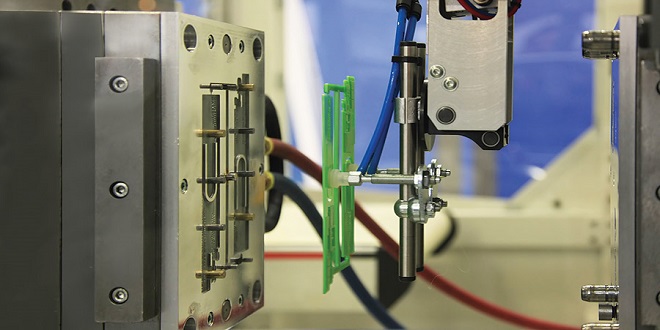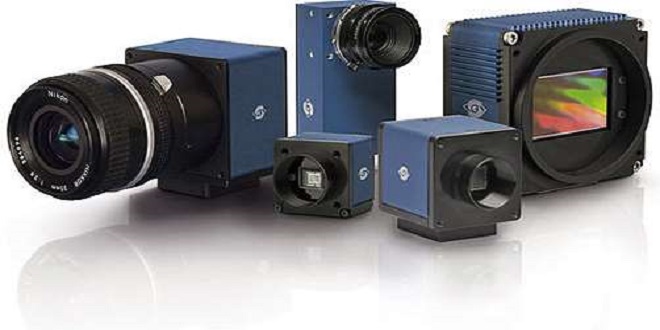Quick & Easy Printing Tips for the Busy Professional

Introduction:
Printing’s a funny thing—we all do it, yet no one really enjoys it. It can be a time-consuming process that sucks up your precious minutes and leaves your nerves frayed. But with a few quick and easy printing tips, you can easily avoid headaches and make the most of your printing time.
No matter if you’re in the office or at home, there are always ways to streamline your print job while still getting great results. Whether you’re printing out copies of a presentation or just need a few documents scanned, there are tricks you can use to get the job done fast. Read on for some of my top tips for efficient printing that will make even the busiest professional smile!
What Is the Best Type of Paper for Printing?
If you’re looking for the best type of paper for printing, then you’ll be glad to know that there is a wide range available. It’s important to select the right paper for the job so that you get the best results possible. To help you out, here are some things to consider when selecting your paper:
- Quality: The quality of a sheet of paper is determined by its weight and finish, both of which will help determine how well it can handle the printing process. Heavier weight is generally better for text-based prints, while lighter weights are preferable for images and graphics. For a professional look, opt for either glossy or matte finishes.
- Brightness: Paper brightness is measured on a scale from 0-100 with 100 being the brightest. Higher brightness will make darker blacks stand out more and will also make whites appear cleaner, making your documents more vibrant and easier to read.
- Size: Be sure to select the correct size paper depending on your project needs. Common sizes include letter (8.5” x 11”), legal (8.5” x 14”) and tabloid (11” x 17”). Make sure you select something that will fit into your printer!
With these tips in mind, selecting the right type of paper shouldn’t be too difficult next time you head to office supplies!
How Do I Format My Document for Optimal Printing?
It’s the moment of truth—time to print out your document and make sure it looks exactly as intended. Whether you’re printing a marketing plan, an invoice, or an essay for school, you’ll want to make sure it looks great. The key to optimal printing is formatting your document for the best results.
To start, use a professional font like Helvetica or Arial instead of something more decorative. This ensures that your text is legible and easy to read from any distance. It’s also a good idea to choose a larger font size, especially if you’re sharing your document in person. That way, everyone in the room can see everything clearly and won’t have to struggle with small text on the page.
Next, think about margins and layout—you’ll want to make sure there are no gaps between paragraphs or other elements on the page. (You don’t want any sections getting cut off when printed!) You’ll also need to adjust the printer settings such as paper size and orientation before you start printing. Once everything is ready to go, hit ‘Print’—and don’t forget to double-check your finished product before sharing!
What Is the Best Way to Save Printer Ink?
Did you know that using up too much printer ink can be bad for the environment and your wallet? To save on both of these things, you need to take a few simple steps to make sure you’re not overdoing it. Here are some tips for reducing your ink and toner usage while still having great prints.
Use Economy Mode:
Most modern printers come with an economy mode or an eco-friendly setting. This setting will reduce the amount of ink used when printing, but the prints won’t necessarily be of lower quality. You can also find settings that will allow you to print in grayscale only or black and white only. Using this option will ensure that no color ink is wasted and will also help to save on paper costs as well.
Choose the Right Paper Type & Quality:
The paper type and quality that you use will have an effect on how your printer uses its ink so it’s important to choose wisely. Using thicker material like cardstock or matte paper will require more ink because the material is thicker and more absorbent. To save on ink, try using a thinner type of paper such as copy paper, which uses much less ink than other types of paper.
Clean Print Heads Regularly:
Print heads can become clogged when there is a lot of dust and dirt in the air, which means more ink is required for printing documents. To avoid this problem, make sure you keep your print heads clean by following your printer’s instructions for cleaning them regularly. This can be done manually or automatically depending on the type of printer you have, but either way will help keep your printer clean and functioning properly while saving on ink costs in the long
What Is the Difference Between Vector and Bitmap Images?
We’re sure you already know this, but it’s important to understand the difference between vector and bitmap images before you start printing. Vector graphics are composed of mathematically defined geometrical shapes, like circles and squares, while bitmap graphics are made up of a grid of individual pixels.
Bitmap images are great for displaying photographic-style images on a computer screen, as you can achieve great levels of detail with them. But because each pixel has to be individually printed when reproducing a bitmap image, they can be tricky to print at high resolutions (say, if you wanted to make a poster or billboard). Vector images are usually much easier to print, as they don’t require each pixel to be individually printed.
Vector files also tend to be smaller and less complicated than bitmap files — making them easier for computers and printers to handle — so if your documents have a lot of illustrations or text that require crisp results when printed out (like logos) then vector graphics may be the way to go.
Tips for Printing High-Resolution Photos:
Printing high-resolution photos can be a challenge for the busy professional, but it doesn’t have to be. Here’s some tips to help you get the most out of your prints:
Do Your Research:
Not all printers are created equal, so it pays to do a bit of research before investing in a model. Ask around or look up reviews to see how well different printers handle high-resolution photos. This can save you time and money in the long run.
Calibrate Your Monitor:
Colors on monitors can look different on paper, so make sure that your monitor is calibrated correctly before printing. This will help ensure that what you see on screen is what you get on paper.
Know Your File Format:
Make sure to check what file formats your printer supports and use one accordingly. JPEGs are usually fine for most printers, but more advanced models may support PNG or TIFF files for higher quality prints.
Use High-Quality Paper:
Using low-grade paper may mean that your print will not look as sharp as it should be when printed at a high resolution. Look for heavier paper stock with a glossy finish if you want extra vibrant colors and sharp details in your prints.
What Types of Printers Are Best Suited for Office Use?
One of the biggest questions that busy professionals have when it comes to printing is, what type of printer should I get? As a professional on the go, you need something that’s reliable and will print in high quality quickly and easily.
So what types of printers are best suited for office use? The two main types are laser and inkjet printers. Let’s take a look at each type so you can decide which one is best for you.
Laser Printers:
Advantages: Laser printers are good for printing large quantities of text documents quickly and have better printing speed compared to inkjet printers. They also have lower operating costs over time because toner cartridges typically last longer than ink cartridges and are generally cheaper to replace.
Disadvantages: Laser printers can be more expensive upfront than inkjet printers, plus there can be issues with paper jams due to their higher speed, additionally they don’t produce color prints as well as an inkjet can.
Inkjet Printers:
Advantages: Inkjet printers are less expensive than laser printers and they produce sharp color prints. They’re also more compact than laser printers, making them great for desktops or small offices where space is limited. They’re also quieter than laser printers when running which means less disruption in your working environment.
Disadvantages: Inkjet printers tend to be slower than lasers printers so they aren’t ideal if you need to print large volumes quickly; Additionally the cost of replacing cartridges over time can make the operating costs higher than with a laser printer.
When deciding between these two types of printer, it’s important to consider your needs in terms of cost, output quality and volume
Conclusion:
In summary, as a busy professional, it’s easy to get frustrated when your printing jobs don’t turn out right. But with a few careful considerations and some practice, you can ensure that your prints come out looking great every time. Whether you’re printing documents, photographs, or posters, keep in mind the tips we discussed, such as choosing the right paper, calibrating your printer, and taking the time to review your work before you hit print. With these quick and easy printing tips, you’re guaranteed to create beautiful, professional-looking prints every time!





